10 of Russia's most beautiful and rarest flowers
Every year the number of endangered plants is growing worldwide, including in Russia. According to Russia’s Red Data Book that documents rare and endangered flora and fauna, there are over 470 kinds of flowering plants alone that are currently endangered - and this not taking into account hundreds of other flora species.
Fortunately, there are more than 300 natural parks, reserves, and gardens across the country protecting what can be protected. Here are just 10 of the many endangered flowers. Make sure you don't pick them if you're lucky enough to see them in the wild.
1. Paeonia tenuifolia

Sometimes called the fern leaf peony, Paeonia
2. Rhododendron schlippenbachii
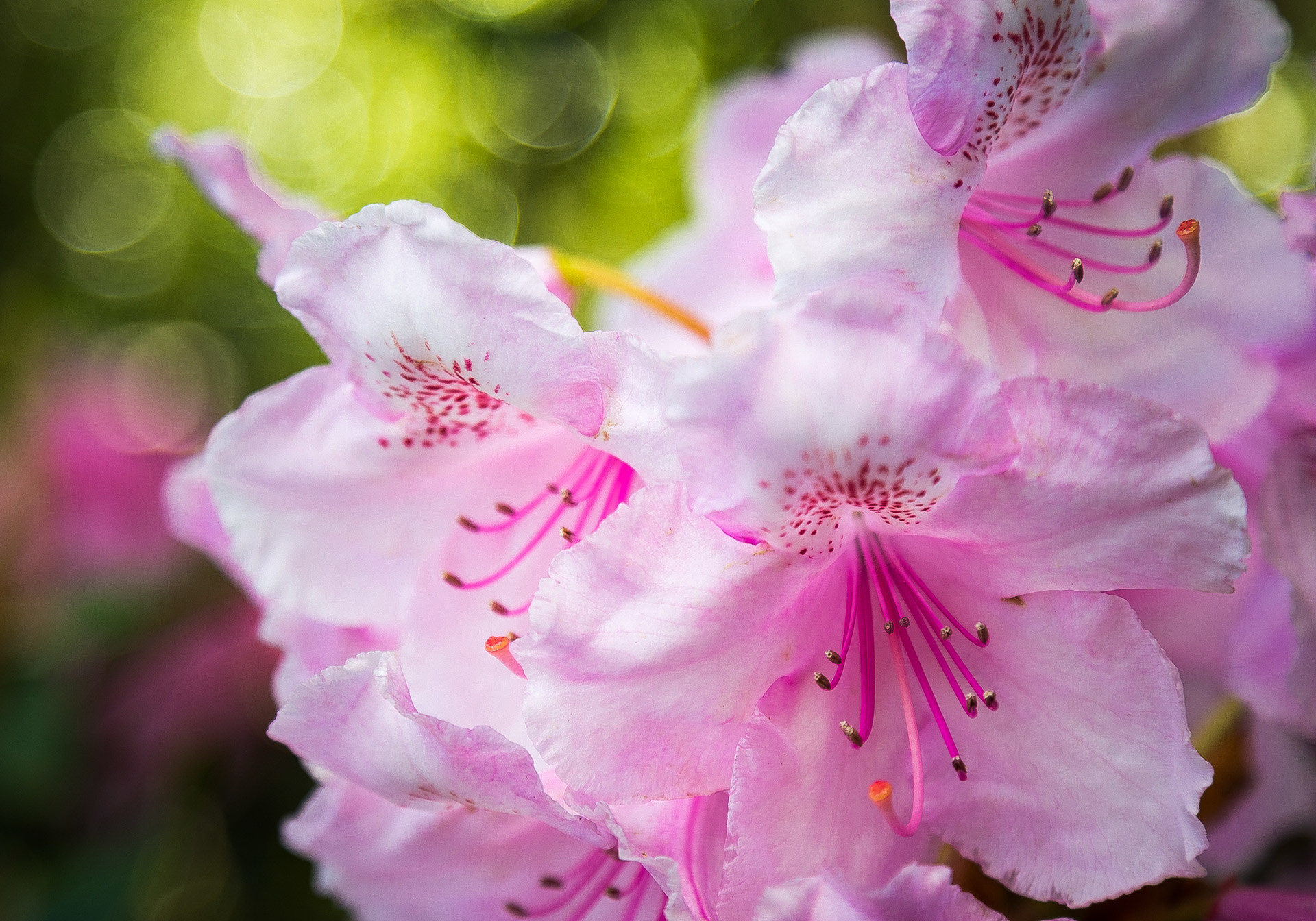
Rhododendron schlippenbachii, or royal azalea, mostly grows on the Korean Peninsula, in Japan, and Russia’s
3. Crocus speciosus
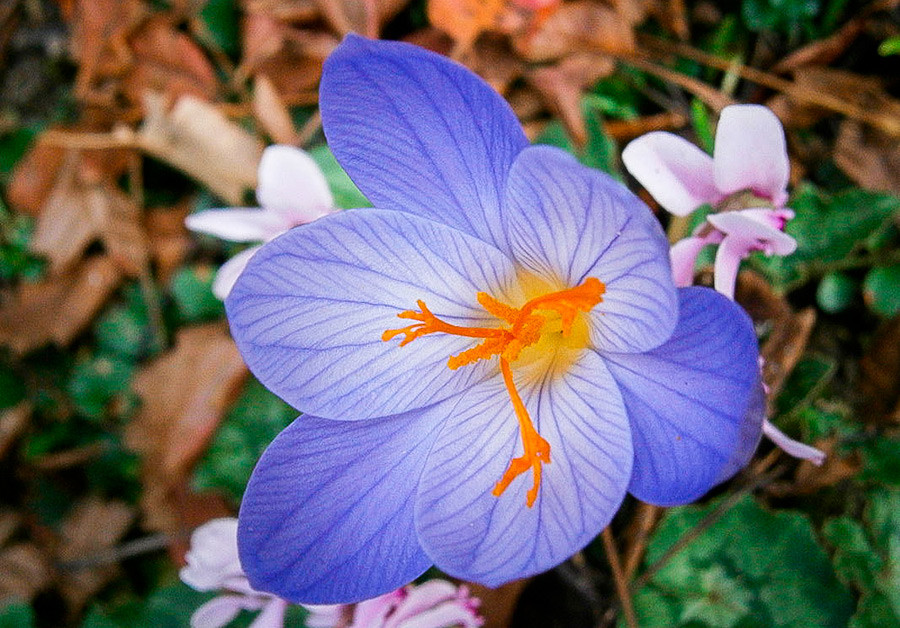
Native to Russia’s south, the Caucasus, Turkey, and Iran, Crocus speciosus is a cormous perennial that grows to 10–15 cm tall. It grows in steppe regions, but due to human activity, its numbers are shrinking.
4. Nelumbo nucifera
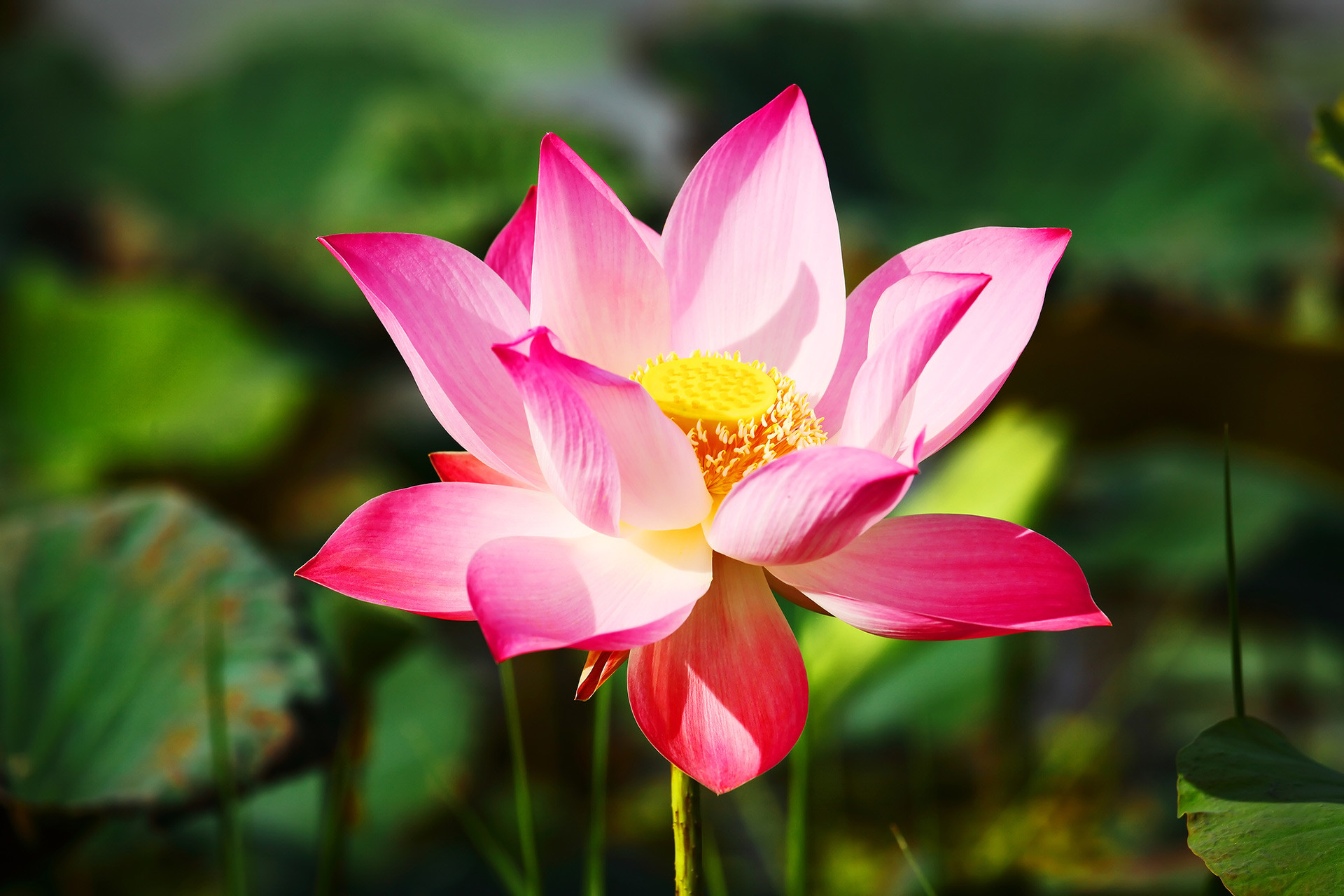
Nelumbo
5. Erythronium sibiricum
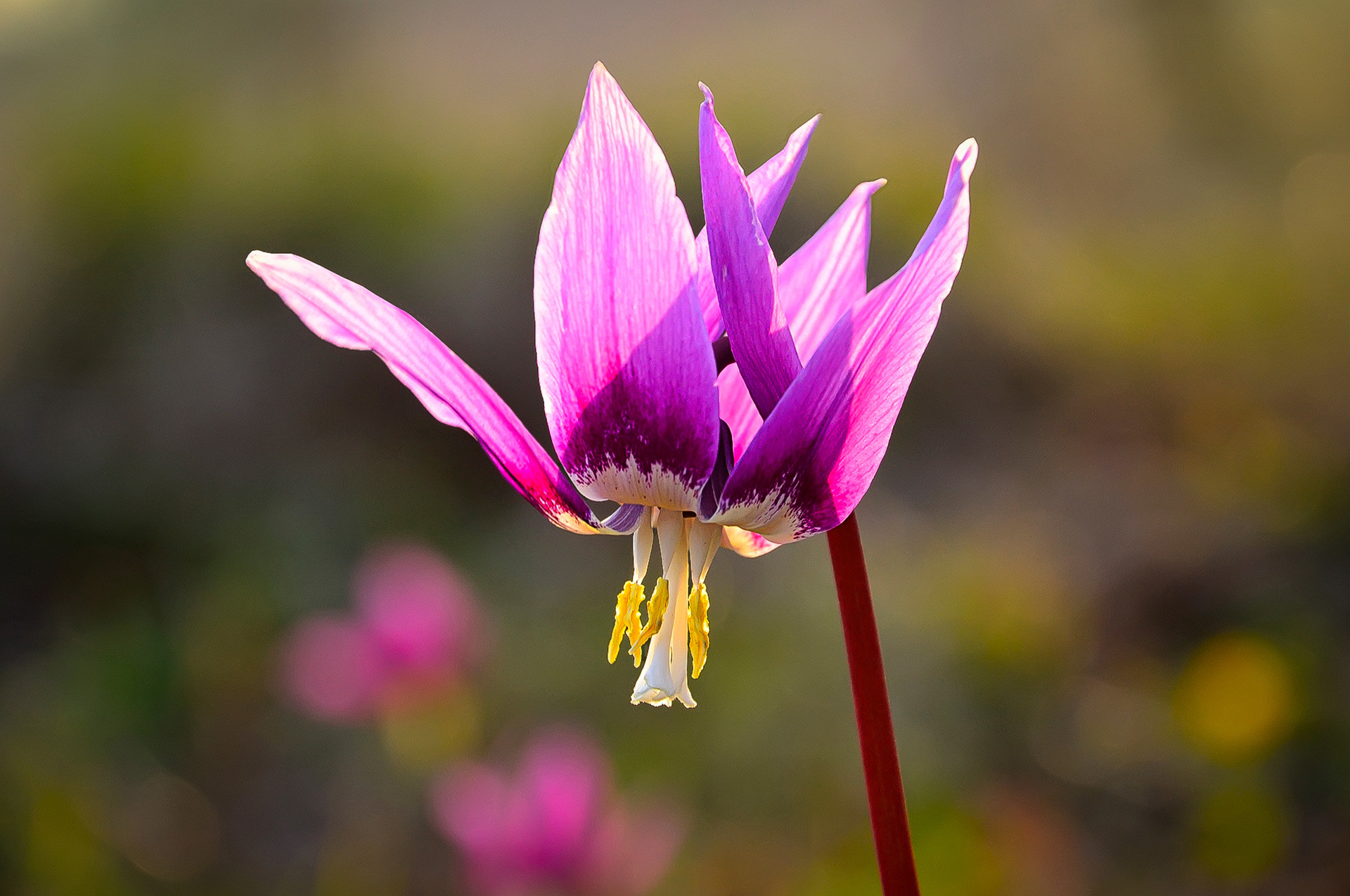
Commonly known as Siberian fawn lily or Siberian trout lily, Erythronium sibiricum is a bulbous perennial in the Liliaceae family. In Russia’s wild the plant can be found in the Altai, Krasnoyarsk, Tomsk, Novosibirsk, Kemerovo, Khakasia, and Tyva regions. Again, us humans are doing pretty well to limit its numbers, so please don’t pick it.
6. Viola incisa
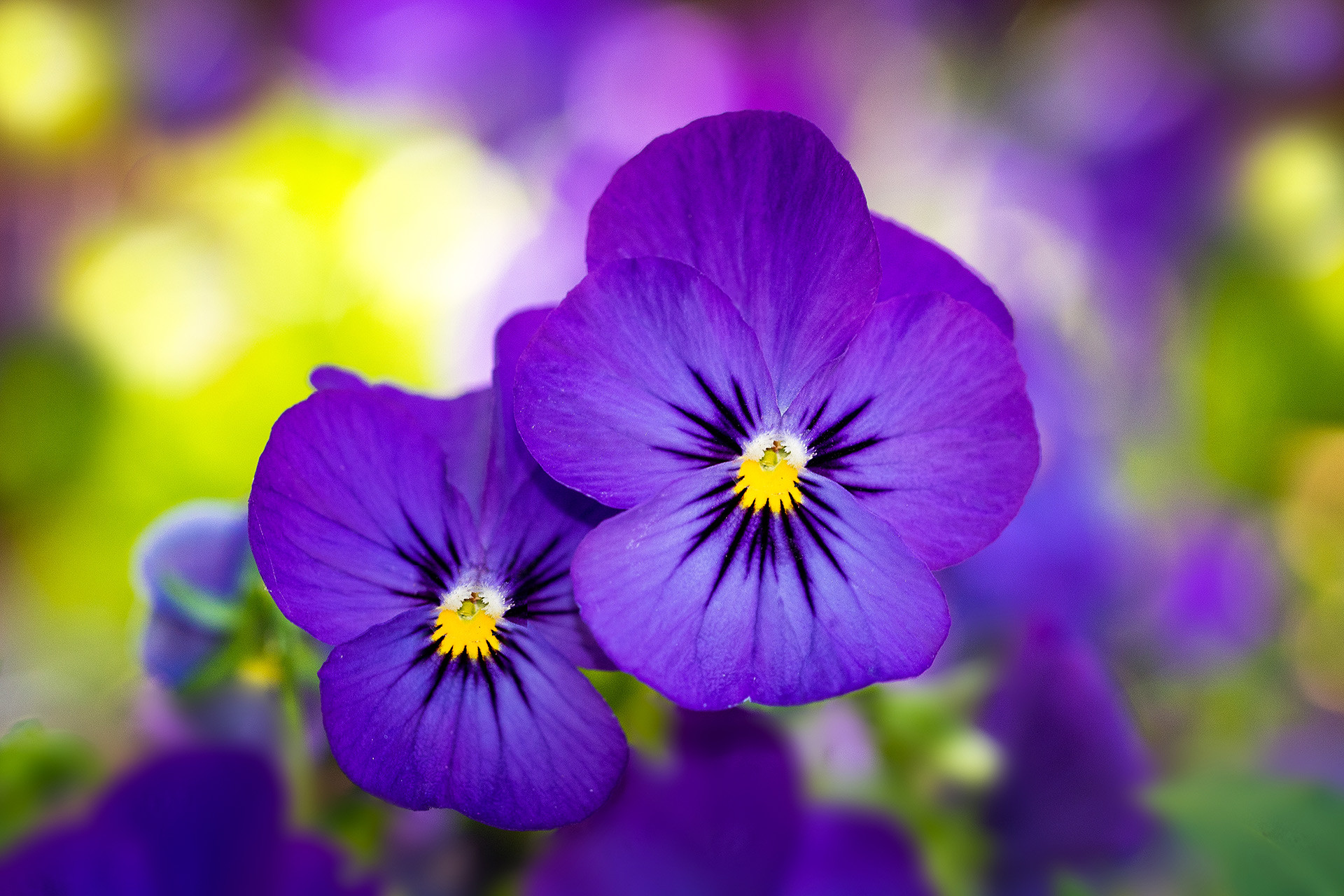
Found throughout Siberia, Altai
7. Cypripedium macranthos
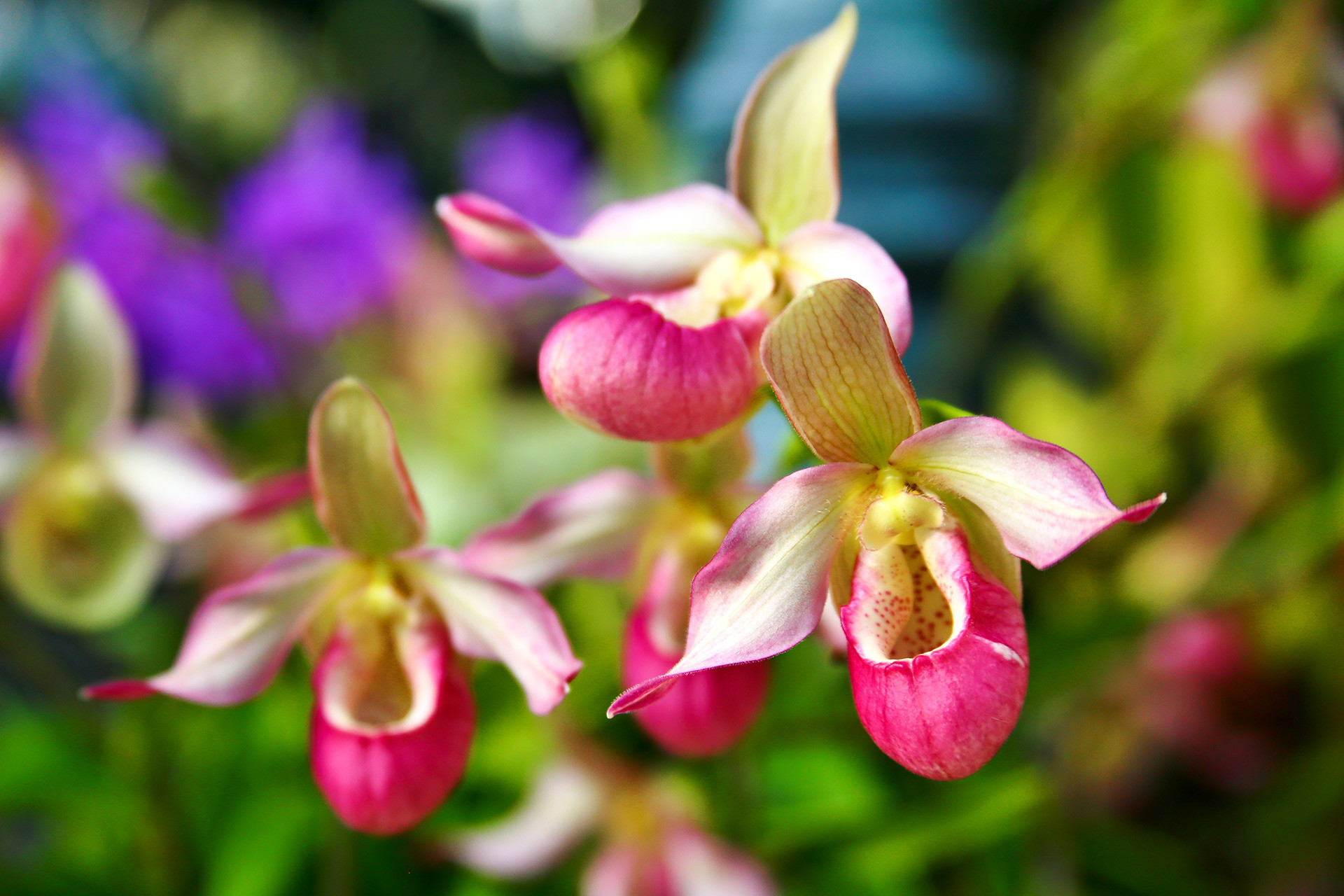
A species of orchid native to Russia’s European part and Siberia, Cypripedium macranthos grows in light deciduous and mixed forests, occasionally in coniferous forests and on their edges as well as the in meadows of seaside terraces. Under protection since the end of the 1970s, the plant is now considered a rare species threatened by many factors, namely deforestation, intensive land use, and picking.
8. Rhodiola rosea
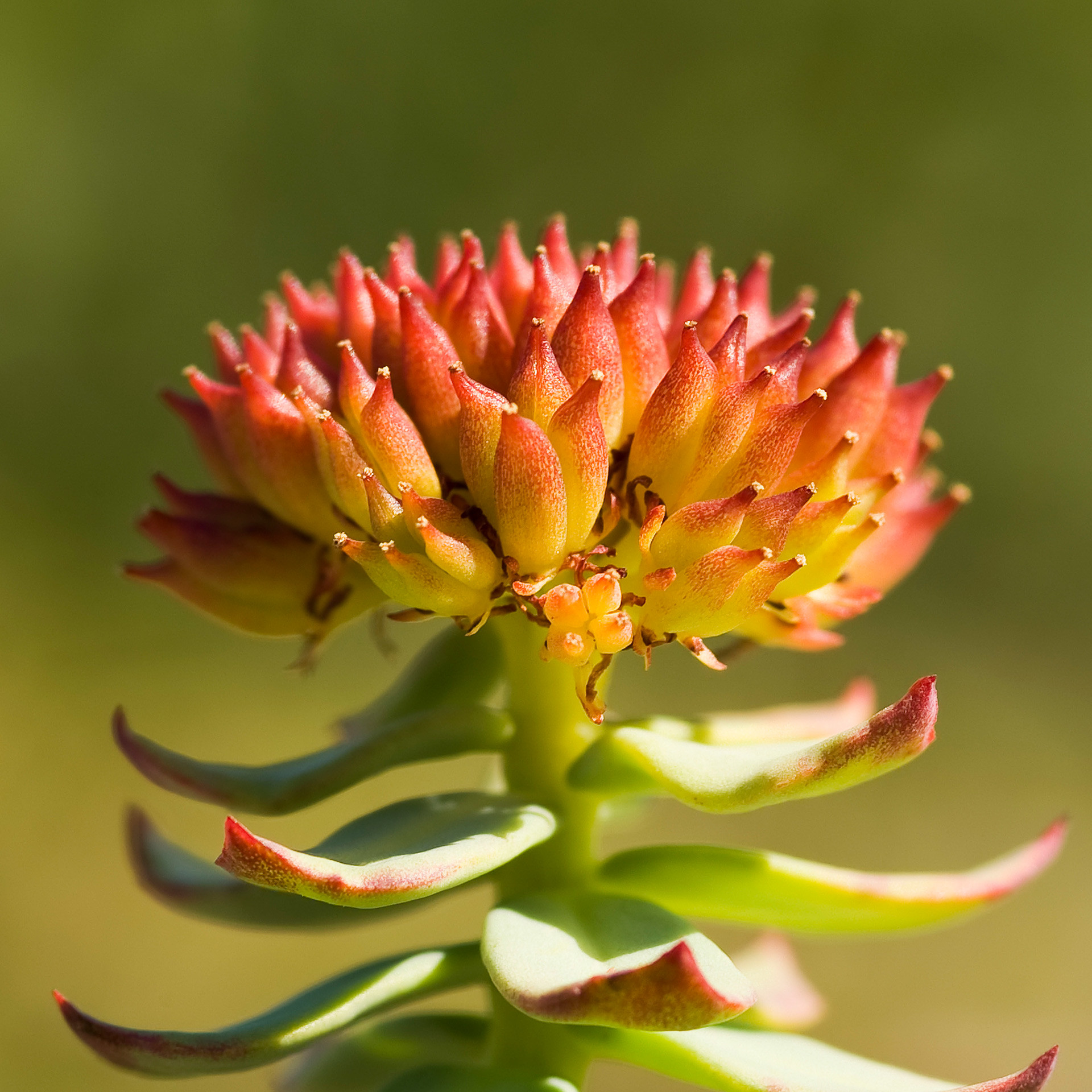
Also known as golden root, rose root, Arctic root, and orphan rose, Rhodiola
9. Lílium lancifólium
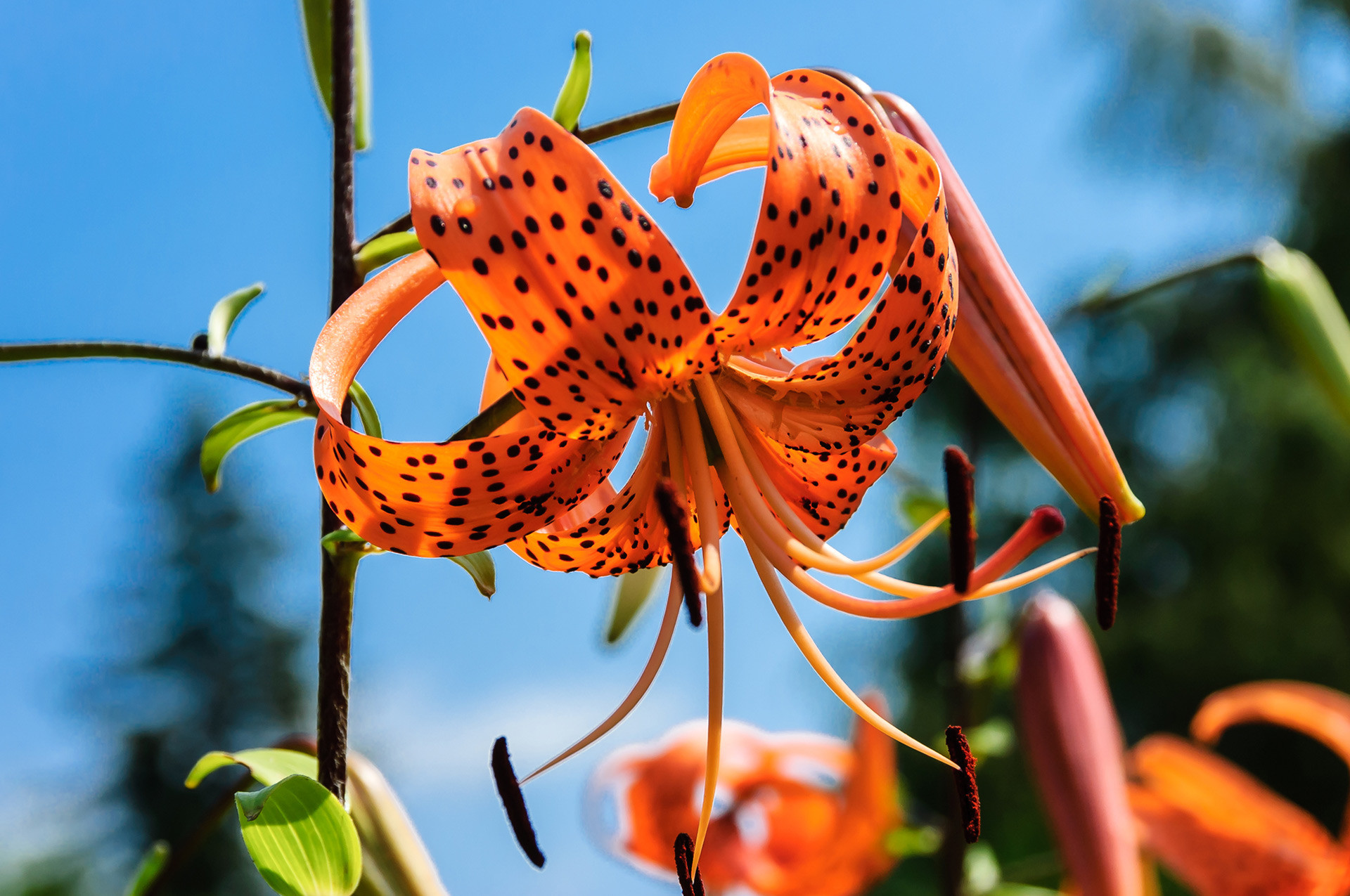
Native to China, Japan, and Korea, Lílium lancifólium is a rare plant in Russia and can be found in the country’s Far Eastern regions, such as the Primorye and Sakhalin regions. It often grows on rocks and furtive coastal lands, glades in coniferous-deciduous forests, and near hot springs. Like many, the plant’s population is being hit by picking.
10. Tulipa schrenkii
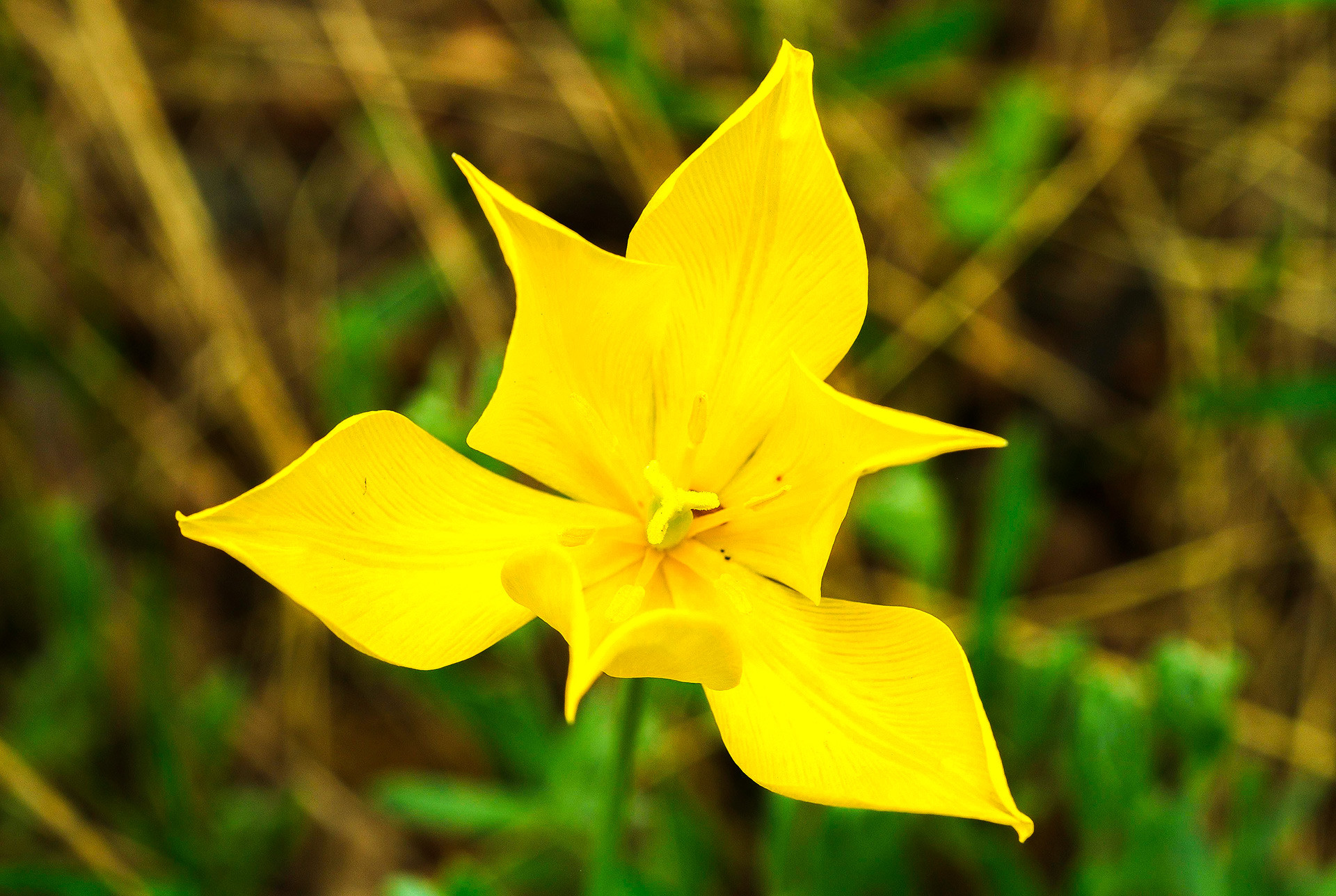
Tulipa
If using any of Russia Beyond's content, partly or in full, always provide an active hyperlink to the original material.
Subscribe
to our newsletter!
Get the week's best stories straight to your inbox